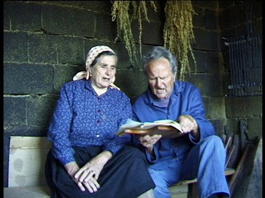|
Josko Caleta
Visual notes on music and dance
Geographically and historically, the Croatian islands are an integral part of the Mediterranean cultural area. Life, as well as musical life, on these islands was altered parallel with the changes of the cultures that dominated the Mediterranean area - from the domination of the early Greek and Roman cultures, to Byzantine and Ottoman domination as well as Venetian rule (1409-1797), and French and Austrian rule later. During its long and turbulent history, the Croatian islands were the final destination for numerous refugees from the broad inland regions, especially the Dinaric region (Dalmatian Hinterland and Lika, Bosnia and Hercegovina). Economic catastrophe at the end of the 19th century made numerous islanders seek a better life overseas in South and North America and Australia.
All the above circumstances influenced the development of musical life in the small urban and rural communities on the Croatian islands, whose traditional musical life continues in the contex of a variety of traditional customs, secular and sacred, as well as various vocal, instrumental and dance forms (1).
All photos and videorecordings by Vidoslav Bagur and Josko Caleta |
